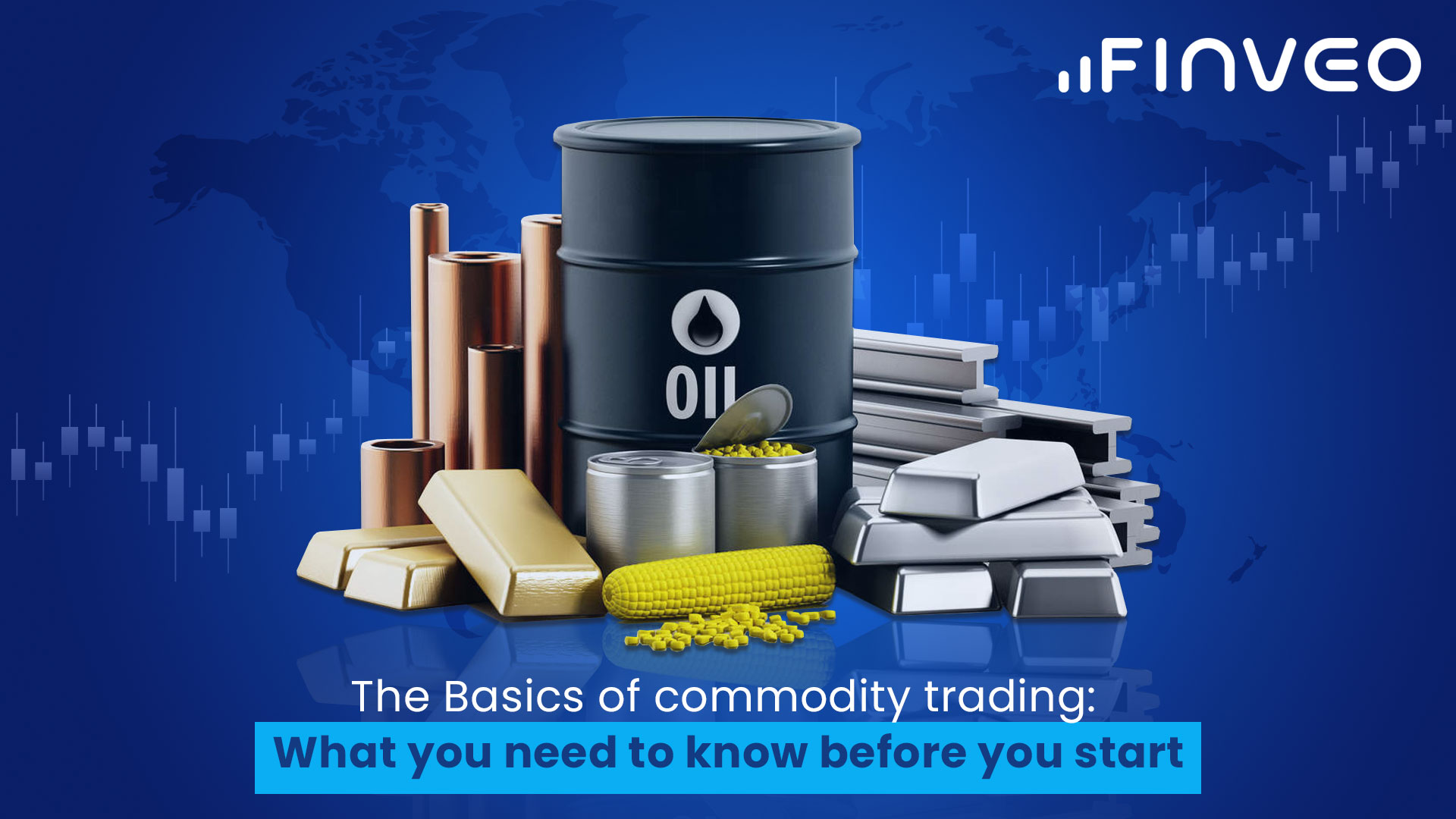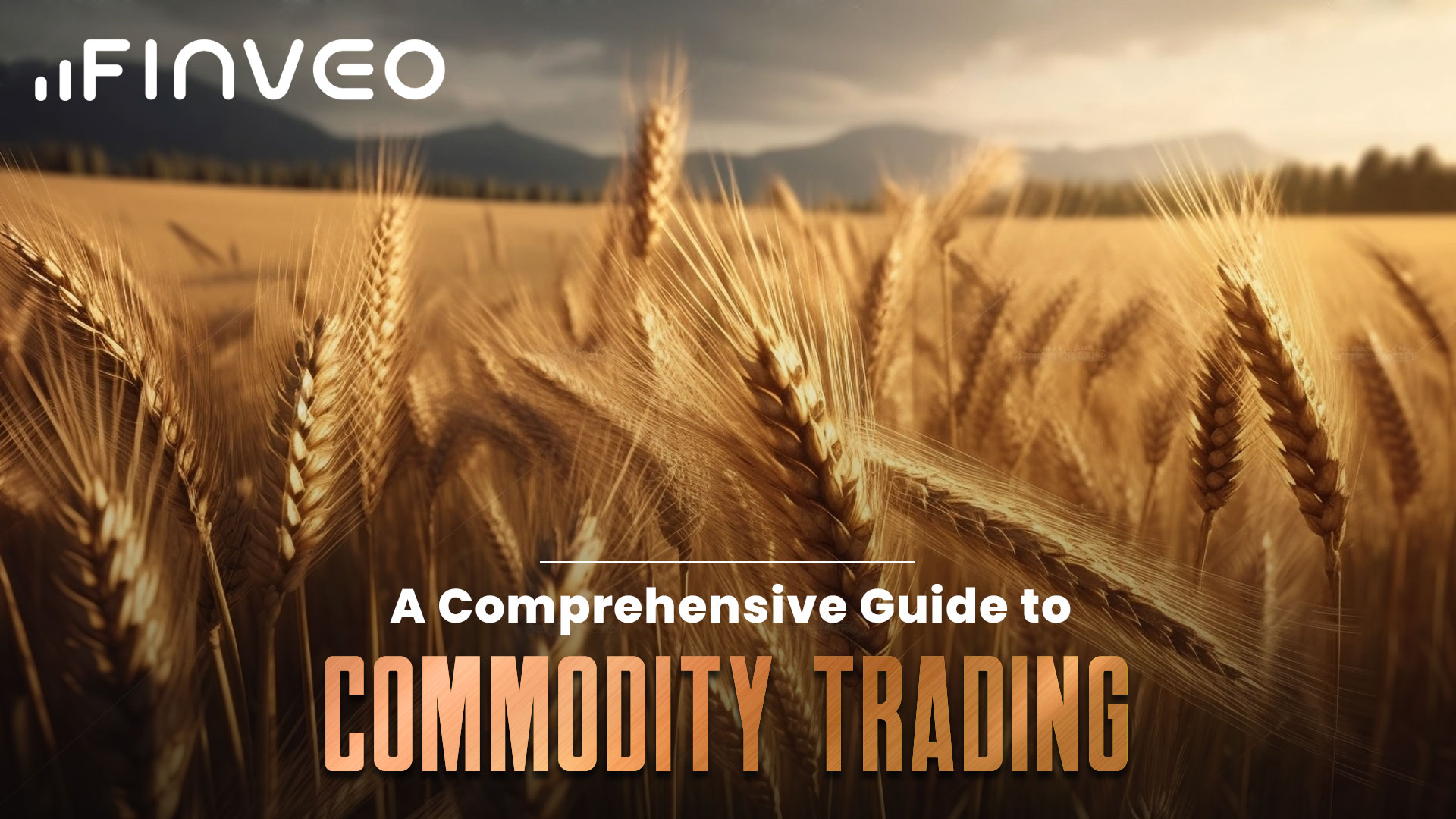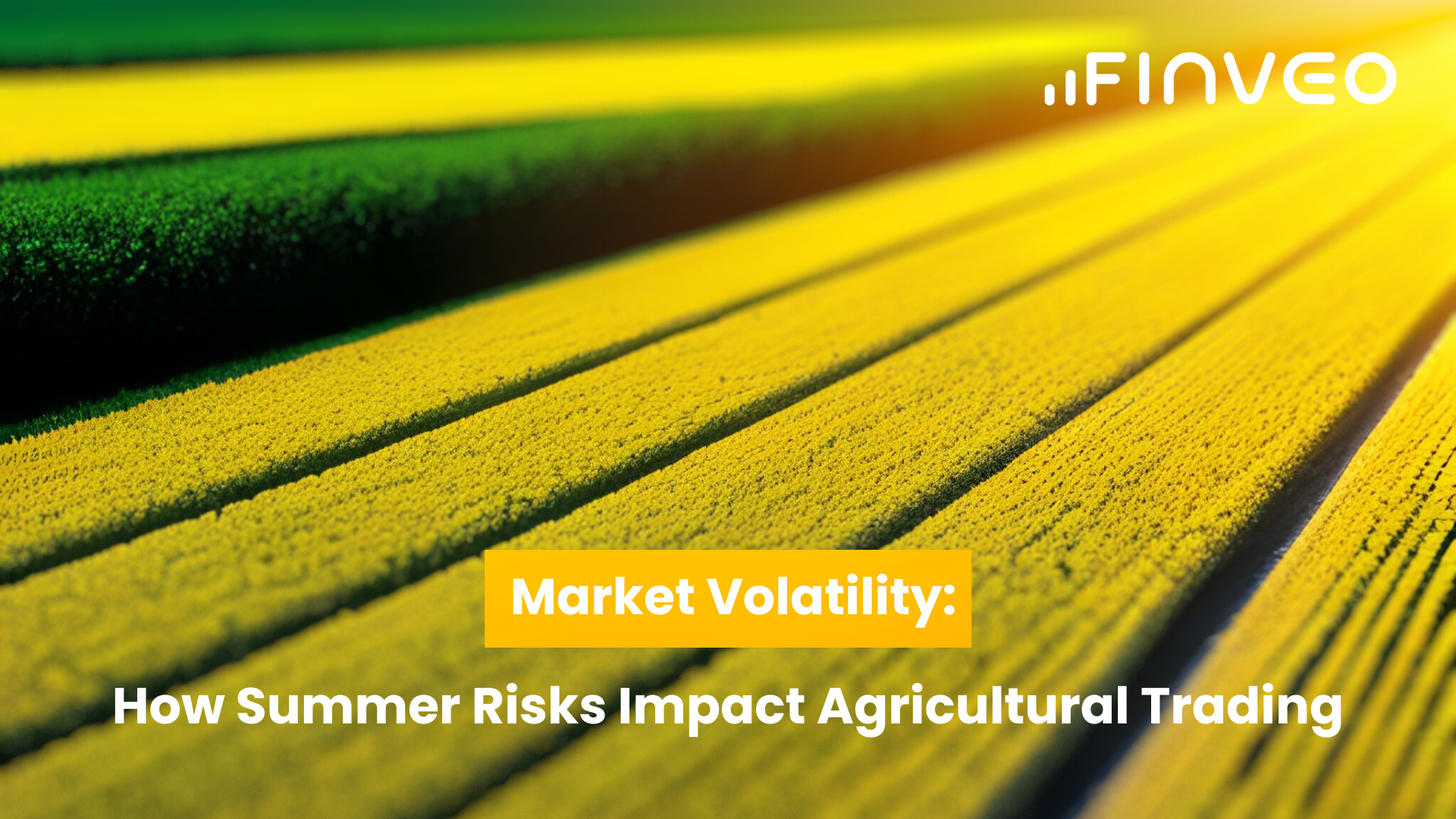Trading agricultural commodities has long been a popular choice for investors looking to diversify their portfolios and tap into the global food market. With the advent of Contract for Difference (CFD) trading, individuals now have the opportunity to trade agricultural commodities such as corn, wheat, soybeans, coffee, cattle, and more without owning physical assets. In this article, we will explore the ins and outs of trading agricultural commodities with CFDs, understand the dynamics of corn, wheat, soybeans, and other key crops, and learn effective strategies to maximize your trading potential in this exciting market.
Understanding Agricultural Commodities and CFDs
To begin our journey into trading agricultural commodities with CFDs, it's essential to grasp the fundamental concepts of both agricultural commodities and CFD trading. Agricultural commodities refer to raw materials derived from crops or livestock. They can be categorized into soft commodities (such as corn, wheat, soybeans, coffee, and sugar) and hard commodities (such as cattle, hogs, and pork bellies).
CFDs, or Contract for Difference, are financial derivatives that allow traders to speculate on the price movements of these commodities without owning the underlying assets. When trading agricultural commodity CFDs, traders are essentially entering into an agreement to exchange the difference in price between the opening and closing of a contract.
For example, let's consider corn CFD trading. If a trader believes that the price of corn will rise, they can go long (buy) corn CFDs. Conversely, if they anticipate a decrease in corn prices, they can go short (sell) corn CFDs. Profits or losses are determined by the difference in price between the opening and closing of the contract.
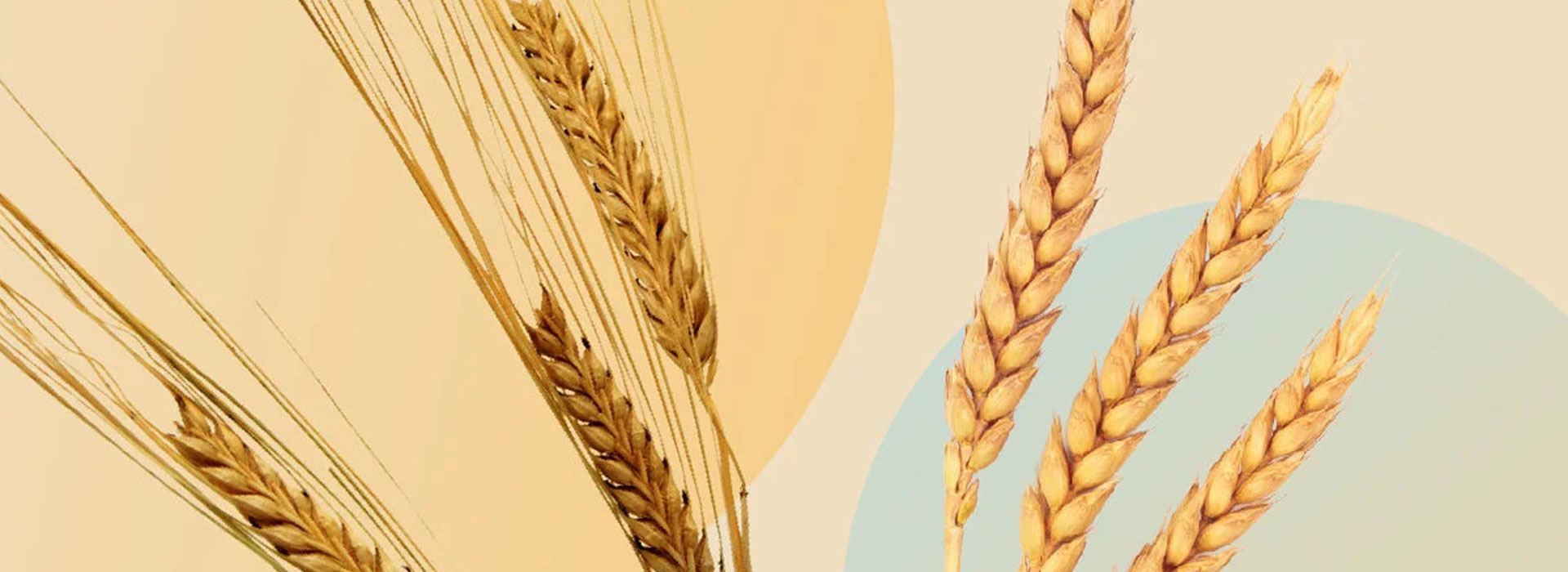
Exploring Key Agricultural Commodities
Let’s delve deeper into the specifics of some major agricultural commodities commonly traded with CFDs:
Corn
Corn is one of the most widely traded agricultural commodities in the world. Its price is influenced by various factors, including weather conditions, global demand, government policies, and the use of corn for biofuel production. For example, an increase in demand for ethanol can drive up corn prices, as ethanol is predominantly produced from corn.
Wheat
Wheat is a staple food and a vital crop in many regions. Price fluctuations in the wheat market can be affected by geopolitical events, weather patterns, global supply and demand dynamics, and currency movements. For instance, adverse weather conditions, such as droughts or floods, can impact wheat yields, leading to price volatility.
Soybeans
Soybeans are a versatile crop widely used in food products, animal feed, and biofuels. Factors influencing soybean prices include trade tensions, weather patterns (especially during planting and harvesting seasons), pest outbreaks, and demand from countries like China. Notably, trade negotiations between major soybean-exporting and importing countries can have a significant impact on prices.
Coffee
Coffee is a popular soft commodity with a complex market influenced by factors like weather vulnerabilities, consumer demand, global production, and currency fluctuations. Extreme weather events, such as frost or prolonged droughts in coffee-producing regions, can lead to reduced crop yields, impacting prices. Additionally, shifts in consumer preferences and emerging coffee-consuming markets can influence demand and prices.
Cattle
Cattle, classified as a hard commodity, includes live cattle and feeder cattle. The prices of cattle are affected by various factors, including feed costs, supply and demand dynamics, animal diseases, and consumer preferences. For instance, an outbreak of a livestock disease can disrupt the supply chain and affect prices, while shifts in consumer preferences towards leaner meats can impact demand.
Factors Affecting Agricultural Commodity Prices
Successful trading in agricultural commodities requires a deep understanding of the key factors influencing their prices. This section will cover some essential elements to consider:
Supply and demand dynamics: Supply and demand play a crucial role in determining agricultural commodity prices. Crop yields, global production levels, population growth, and changes in dietary habits can significantly impact supply and demand. For example, a poor harvest season due to adverse weather conditions can reduce supply, driving up prices.
Weather patterns and climate change: Weather patterns, including temperature, precipitation, and natural disasters, can have a significant impact on agricultural commodities. Droughts, floods, hurricanes, or unexpected frosts can damage crops, leading to lower yields and increased prices. Additionally, climate change is introducing long-term shifts in weather patterns, posing challenges to crop production and affecting prices.
Trade policies and geopolitical factors: Agricultural commodities are heavily influenced by trade policies, export and import tariffs, and geopolitical events. Changes in trade agreements between countries, political instability, or disruptions in supply chains can impact prices. For instance, the imposition of tariffs on agricultural products can result in reduced exports, affecting prices.
Technological advancements: Technological advancements in agriculture, such as genetic engineering, precision farming, and irrigation techniques, can influence crop yields and production efficiency. Higher yields resulting from improved farming practices can increase supply, leading to lower prices. Conversely, advancements in biofuel technology can increase the demand for certain crops, affecting prices.

Trading Strategies for Agricultural Commodity CFDs
Developing effective trading strategies is crucial for success in agricultural commodity CFD trading. In this section, we will discuss some popular strategies:
Fundamental analysis: Fundamental analysis involves examining supply and demand data, crop reports, weather forecasts, and news events to make informed trading decisions. Traders can analyze factors like planting and harvesting progress, crop conditions, government policies, and global market trends to identify potential opportunities. Crop reports, such as the USDA's World Agricultural Supply and Demand Estimates (WASDE) report, provide valuable information on global crop production and supply projections. These reports are typically released monthly or quarterly and can significantly impact agricultural commodity prices. Traders should keep track of these report release dates and consider the potential impact on their trading strategies.
Technical analysis: Technical analysis is a widely used approach in trading agricultural commodities, employing price charts, trend indicators, and oscillators. Traders rely on tools like moving averages, support and resistance levels, and momentum indicators to identify patterns and make informed decisions. By analyzing price movements, trend direction, and market momentum, traders can determine entry and exit points, identify potential reversals or breakouts, and gain insights into market trends. However, it is important to consider the specific characteristics and factors affecting each agricultural commodity, such as crop reports, weather conditions, and geopolitical events, when applying technical analysis. Combining technical analysis with other forms of analysis enhances the accuracy of predictions in the dynamic agricultural commodity market.
Seasonal trends: Seasonal trends are recurring price patterns based on seasonal factors, planting and harvesting cycles, and weather conditions. Traders can analyze historical data to identify seasonal trends in agricultural commodity prices. For example, increased demand during the summer months for crops like corn or soybeans due to the grilling season can lead to higher prices. Each agricultural commodity has its own planting, growing, and harvesting seasons. Paying attention to these seasonal patterns can provide insights into potential price movements. For example, corn and soybeans tend to have planting and harvesting seasons that vary by region, while wheat has specific planting and harvest periods. By understanding these seasonal patterns, traders can anticipate increased market activity and price volatility during key periods.
Risk management: Managing risk is crucial in agricultural commodity CFD trading. Traders should implement risk mitigation techniques such as setting stop-loss orders to limit potential losses, diversifying their portfolio across different commodities, and managing leverage responsibly. It's important to understand the volatility of agricultural commodity markets and adapt strategies accordingly. Agricultural commodity markets can experience periods of heightened volatility due to various factors. It is important to assess market conditions and volatility levels before entering trades. Some traders may prefer trading during periods of increased volatility, while others may seek calmer market conditions. Understanding your risk tolerance and preferred trading style can help determine the best period for you.
Ultimately, the best period for trading agricultural commodities can vary depending on individual trading strategies, risk appetite, and market conditions. It is advisable to conduct thorough research, stay informed about relevant market factors, and consider the interplay between seasonal patterns, weather conditions, economic indicators, and geopolitical events to identify potential trading opportunities.
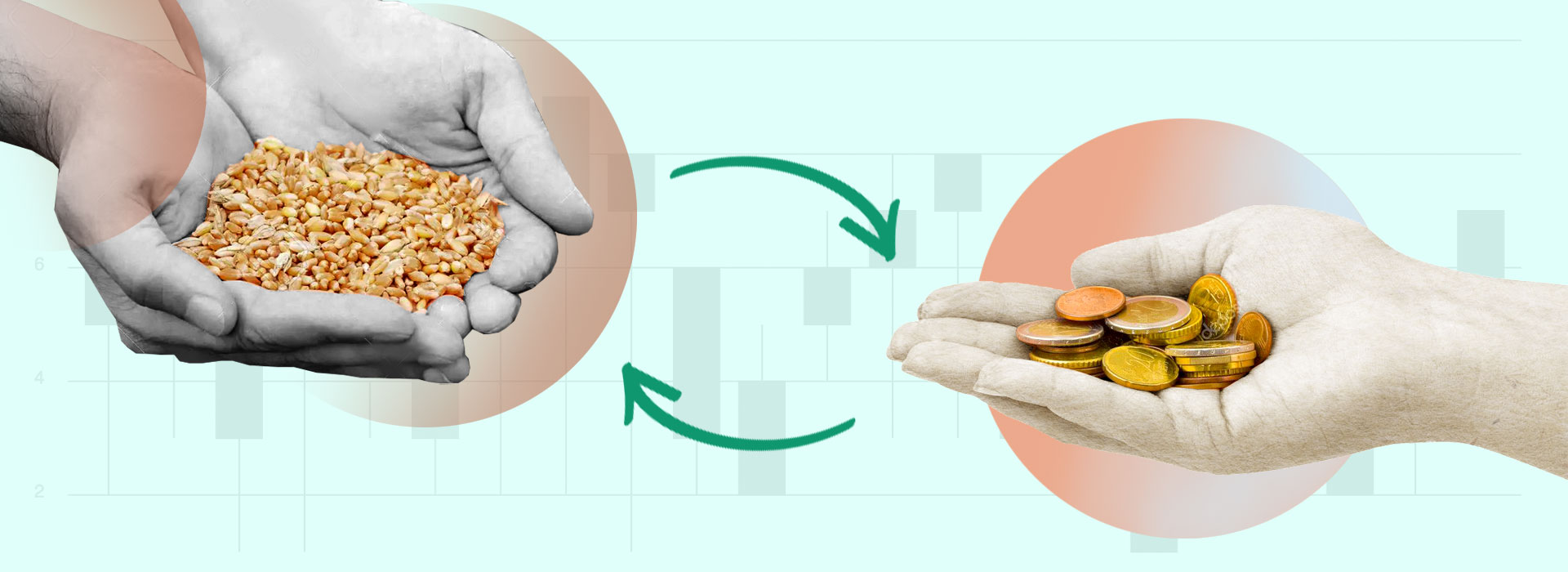
Risks and Challenges of Agricultural Commodity CFD Trading
As with any financial market, agricultural commodity CFD trading carries inherent risks. Here are the highlights of some common challenges and risk management tips:
Volatility and price fluctuations: Agricultural commodity markets can be highly volatile due to factors like weather conditions, geopolitical events, and supply-demand imbalances. Traders should be prepared for price fluctuations and manage their positions accordingly.
Weather-related risks: Unpredictable weather patterns can significantly impact crop production and prices. Droughts, floods, hurricanes, or unexpected frosts can lead to lower crop yields, affecting commodity prices. Traders should closely monitor weather forecasts and stay informed about potential weather-related risks.
Economic factors: Economic indicators, inflation, currency fluctuations, and global economic conditions can impact agricultural commodity prices. Traders should stay updated on economic news and understand the potential effects of economic factors on the commodities they trade.
Leverage and margin: Trading agricultural commodity CFDs on margin allows traders to amplify their exposure to the market. While leverage can increase potential profits, it also magnifies potential losses. Traders should use leverage cautiously, considering their risk tolerance and employing appropriate risk management strategies.
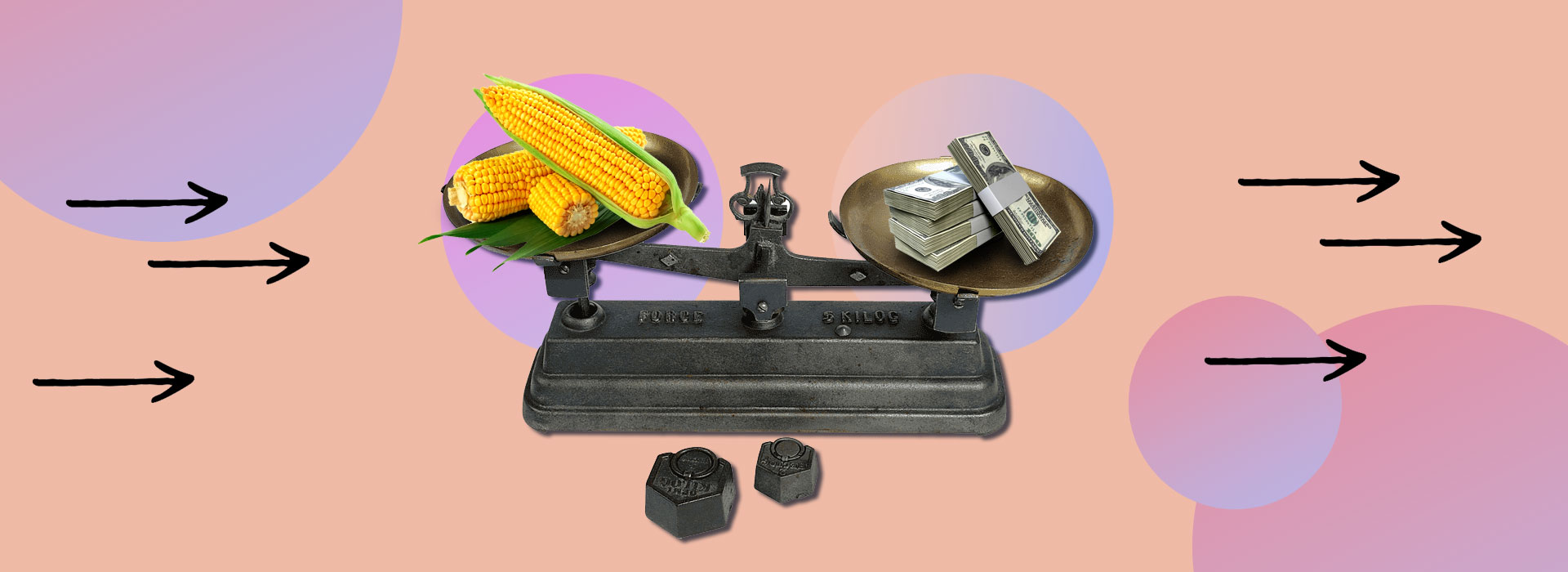
Final Thoughts
Trading agricultural commodities with CFDs provides opportunities to participate in the global food market without physically owning the assets. By understanding the dynamics of crops such as corn, wheat, soybeans, coffee, and cattle, and implementing effective trading strategies, investors can capitalize on potential profit opportunities while managing the associated risks. It is crucial to stay updated on supply and demand factors, weather patterns, geopolitical events, and economic indicators to make informed trading decisions in this exciting and dynamic market.





